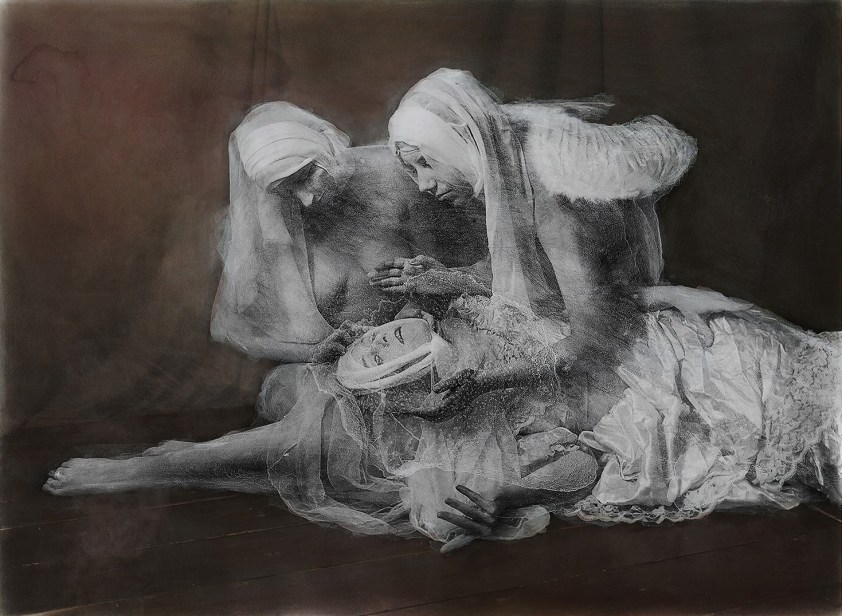Introduction: Reflections on the Uncanny
“The uncanny” is a bemusing, unsettling, strangely familiar phenomenon characterised by a feeling of disruptive eeriness and unreality piercing through the fabric of the mundane; it generates a particular type of response in one’s psyche and evokes an ineffable feeling. The uncanny generally teeters on the blurred lines between reality and illusion, self and other, life and death, the natural and the unnatural. It is a subjective experience, to which some people are more susceptible than others; and ultimately, it’s an elusive feeling, which varies from person to person, both in the source that stimulates it and in the particularities of the response it elicits. There is a notable distinction to be made between the cultural view of the uncanny – as represented through pieces of art, film, or other media, and the psychoanalytic one, as introduced by Freud in his influential essay on aesthetics, Das Unheimliche.
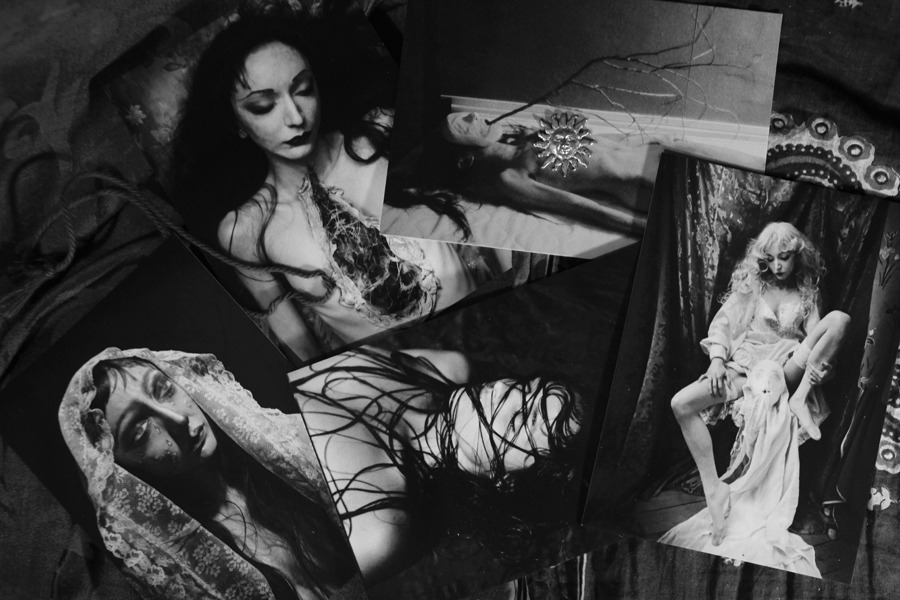
In fiction, the uncanny has often been associated with recurrent themes such as the double/doppelgänger figure, reflections, mirroring, strangely familiar apparitions, haunted homes, horror, & the symbolic return of the repressed in the form of ghosts, monsters, or other Gothic figures. In art, objects such as wax masks, automata, and lifelike dolls tend to be described as uncanny. This refers to what is known as the Uncanny Valley, emphasising the unsettling, repulsive effect of things of an ambiguous lifelike nature, objects that appear to be human and alive, but upon closer examination reveal themselves to be flawed human replicas. However, in psychoanalytic terms used to describe real-life phenomena, the uncanny diverges from the cultural perspective.
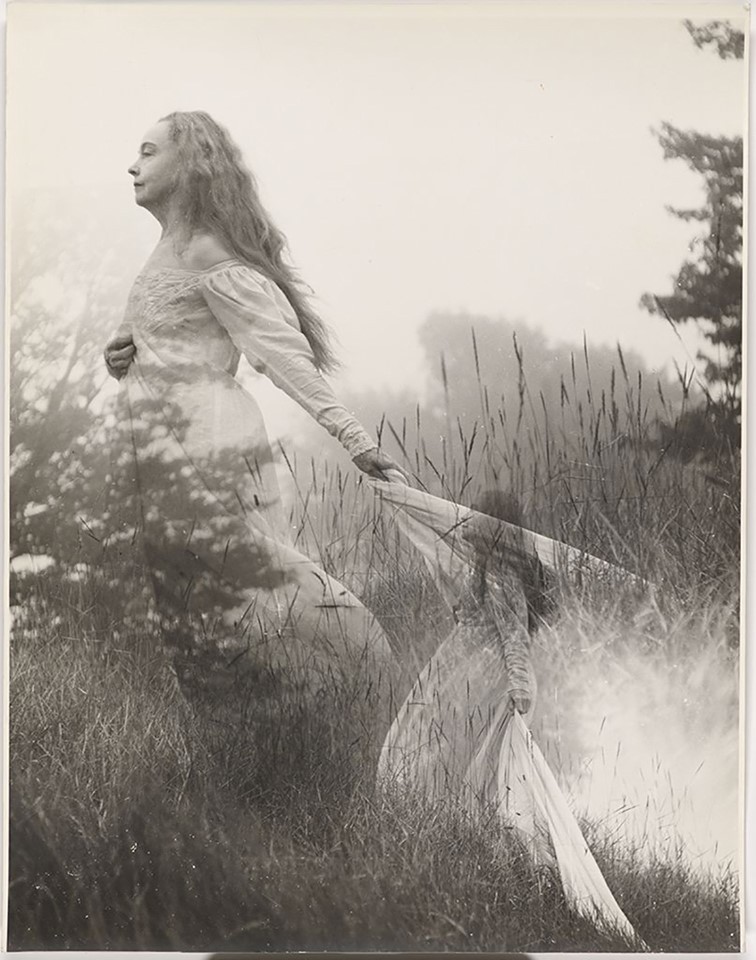
“[…]According to theological principles, these seemingly natural, living, moving figures are spectral, mere images, uncanny because illusory. Such images or effigies consequently appear to supplant reality or take over from it when no prior referent remains in existence (the Seven Deadly Sins are allegories, Helen is long gone). The uncanny is an effect of reflection without referent, or of creation ex nihilo. In other words, it rises from a false impression that soul, in all its imprecision and mystery, is breathing into something; but these intimations of soul presence begin to stir only to be withheld. Living likenesses strive to guarantee and perpetuate presence, but ultimately underline the vanished and absent subject; creepily, they resemble someone or something who is not there, as in a mirror reflection with no subject.” -Marina Warner, Phantasmagoria: Spirit Visions, Metaphors, and Media into the Twenty-first Century
Psychoanalytic discourse emphasises the subjectivity of the phenomenon, shifting the focus from the objects themselves (which are not inherently endowed with uncanniness) to how we, the observers, experience certain objects, settings, situations, and, as I would suggest, also art shows and artworks, in a way that perceptually challenges or disrupts our sense of reality, making us aware of the unfamiliar present in the familiar, and resurrecting phantom elements or modes of perception from our past, particularly from early childhood. Within these intimate moments, our being has an inner dialogue whilst a haunting sense of unreality temporarily permeates the fibres of our existence. In this light, the uncanny encompasses experiences such as a human subject unconsciously or seemingly accidentally returning to the same spot several times (as if compelled or pushed by an external force), the feeling of deja-vu, a peculiar sense of being watched, potentially by something supernatural, finding objects that you thought were lost forever, or stepping into an empty place that is normally filled with people. When it comes to the aesthetic experience, Derrida’s concept of hauntology applied to art (the extended definition of art) refers to how hauntological aesthetics can induce an otherworldly nostalgia by invoking phantoms of the past that are neither present nor absent, as well as a sense of a lost future.
In one of his inspiring talks held at the Freud Museum, British psychoanalyst Darian Leader linked the uncanny response with elements of anxiety, fear, and shock. Meanwhile, I have previously experienced the uncanny as a dream state, a combination of weightlessness, derealisation, lightheadedness, a sense of a distant, diffuse past merging with the present, of time being suspended or dissipated, of another world permeating current reality. I would describe it as a spiritual occurrence which can be resurrected by a scent, a melody, a film, an atmosphere, or an object, making me see the world through another lens, belonging to a much younger version of myself, who used to process the world in a more mystical way. This impression, this world pouring through another world, this repetition of a way of seeing is ambiguous, as it’s filtered through memories, which can morph as time goes by and “re-shape” the past. Such memories can summon echoes of seemingly insignificant, disjointed aspects and sensory moments that our minds may have considered fascinating. They are often distorted, or disguised. Unlocking the meaning behind a childhood memory is like drawing the latent image from the manifest dream. The uncanny response is sensory, emotional, and intellectual at the same time. Darian Leader also mentioned how a change in the subject’s self-image can appear in such moments, a self-perception as an object of the gaze of a higher external force, a perception of the self as ‘the other’, a fleeting sense of alienation from one’s own constructed identity, desires, sense of the world, or from reality. Darian Leader also emphasised the dimension of conscious or unconscious desire that is relevant in this context, and how the cancellation of the gap of that desire, so the moment of its fulfilment (i.e. the desire to find something or to recreate an old narrative or scenario) stimulates an uncanny response.
Freud’s essay starts with an in-depth analysis of the ambiguous meanings behind ‘heimlich’ and ‘unheimlich’, exemplifying the multiple uses of the German words, and how they are not always antonyms. Link to Freud’s essay on the uncanny: Das Unheimliche.
London Exhibitions – Last chance to see:
The Uncanny: A Centenary
Through The Uncanny exhibition, The Freud Museum celebrates 100 years since Freud defined and explored the concept of the uncanny in his well-known, pioneering essay on aesthetics entitled “Das Unhemliche”. The Uncanny programme held at the Freud Museum has included inspiring talks by Freudian psychoanalysts, artists, and academics on the topics of the uncanny in art, the uncanny in film, and the uncanny as a real life experience.

Immerse yourself in the evocative artworks exhibition and the haunting installation inspired by T. A. Hoffmann’s The Sandman at the Freud Museum. The exhibition features etchings by German surrealist artist, Hans Bellmer, as well as disturbing recent works by Elizabeth Dearnley, Lili Spain, Martha Todd and Karolina Urbaniak & Martin Bladh. Moreover, you can see Freud’s death couch, as well as trying the Sandman App, through which you can have an unsettling audio tour of the museum, with the Sandman installation as the memorable epilogue.
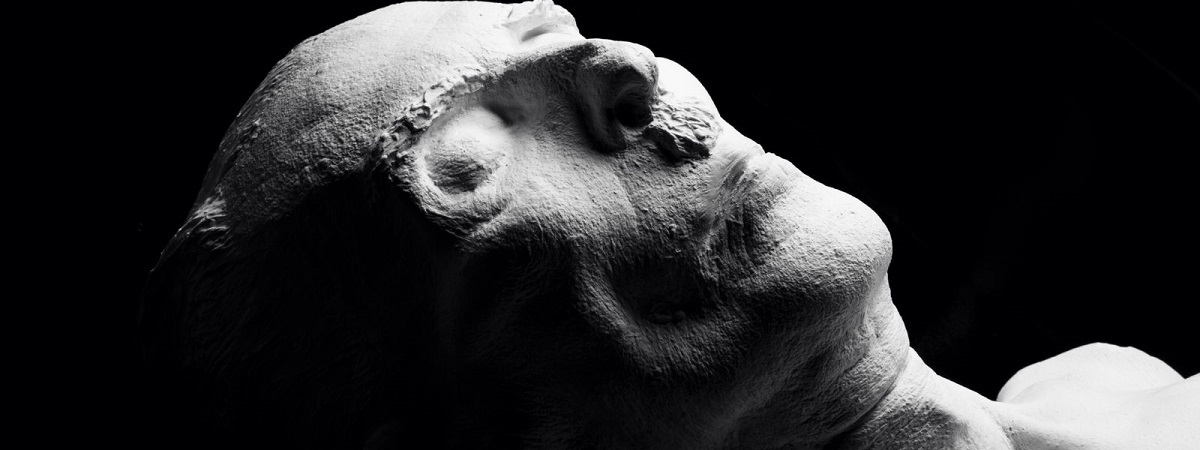
Besides the immersive exhibition, which is open for two more weeks, you can also attend two upcoming uncanny events, which can be found on the official website. One of the events is focused on Freud’s essay and links between psychoanalysis and literature, led by literature teacher Forbes Morlock, and the other, “Funerary Masks and Death Masks” is a talk by Nick Reynolds, British sculptor and creator of death masks.
Exhibition at Freud Museum until 9 February 2020.
Dora Maar
Surrealist photographs by Dora Maar, influential, nonconformist French photographic artist and one of the few female artists from within the famous group of the 1920s-1930s surrealists.
The uncanny artworks of Dora Maar include double exposures, photograms, and photomontages, often imbued with a sense of melancholy and tenebrosity, depicting scenes ranging from the poetic solitude and ambiguity of Parisian boulevards and urban life, to unconventional representations of fashion, erotica, symbolic self-portraits, and figures and silhouettes viewed from strange perspectives, as well as ghastly creatures. One of her most iconic images, the delicate hand crawling out of the shell on a desolate beach surrounded by an ominous skyscape with apocalyptic clouds, is filled with grace, vulnerable elegance, frailty, doom, nostalgia, as well as a strange erotic quality. The juxtaposition of elements creates a surreal dreamlike narrative. In addition to her surreal art, the artist also approached and represented the world realistically, through natural photographic captures of simple, seemingly unplanned moments, visual vernacular, and candid narratives within the urban space.
Dora Maar has been known as the model, muse, and lover of Picasso, whose dark portrayal of her in his work-particularly in “The Weeping Woman” as a suffering, tortured, yet monstrously threatening figure- she vehemently rejected, declaring that all his depictions of her are deceptions with no link to her character.
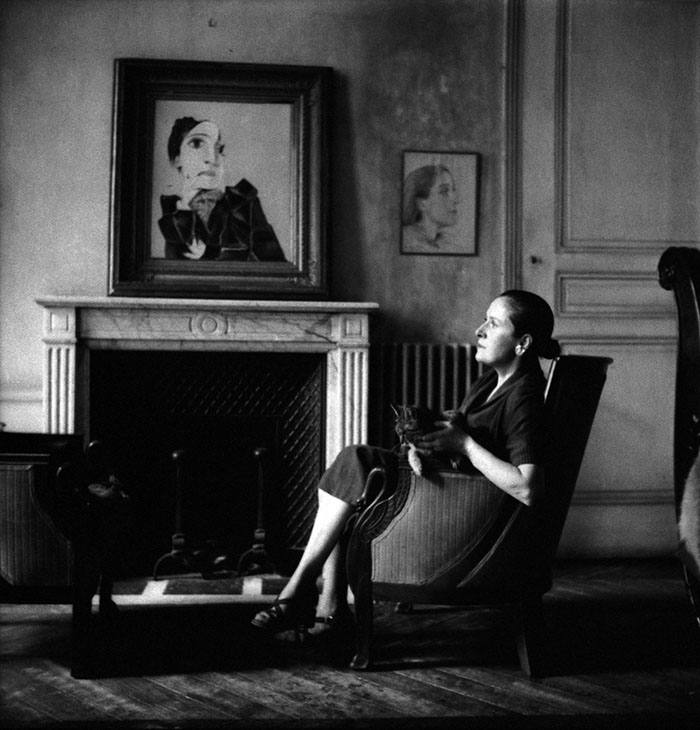
Captivated by her beauteous transfixing appearance and intellectual and artistic brilliance, Picasso developed an obsession with painting her in a multitude of ways, albeit distorted, stylised ways, blending various personal themes with his subject. Dora Maar often painted portraits of Picasso and other members of the surrealist circle. She was also photographed and influenced by renowned surrealist photographer Man Ray. Brassai described her saying that she had “bright eyes and an attentive gaze, a disturbing stare at times”, whilst James Lord poetically painted her inner and outer beauty in words, also starting with the windows of the soul: “Her gaze possessed remarkable radiance but could also be very hard. I observed that she was beautiful, with a strong, straight nose, perfect scarlet lips, the chin firm, the jaw a trifle heavy and the more forceful for being so, rich chestnut hair drawn smoothly back, and eyelashes like the furred antennae of moths” (J. Lord, Picasso and Dora, New York, 1993). After parting ways with Picasso, she was treated by French psychoanalyst Lacan and eventually decided to embrace the path of solitude and mysticism, whilst still expressing herself through various forms of art.
The exhibition provides an amazing opportunity to explore the complex, bewitching, enigmatic inner world of the woman whose distinguished work and artistic identity have often been eclipsed by her legendary association with the famous cubist artist.
Dora Maar’s work is exhibited at Tate Modern until 15 March 2020.
William Blake


Mesmerising, mystical, soul-stirring artworks from the allegorical universe of William Blake. Born in Soho, London, Blake was a fascinating artist whose work was misunderstood and deemed to be a sign of madness by his contemporaries, being far ahead of its time due to its expressively dark, sacrilegious nature and the sometimes grotesque creatures depicted. His work received merit and recognition mostly posthumously, as he is now one of the most highly revered English poets and visual artists. The artist’s work was fuelled by the otherworldly visions he started experiencing from a young age. His iconic, symbolic imagery features faeries, devils and angels, fictional deities invented by him- embodiments of philosophical concepts governing his universe, other religious and celestial themes, suffering, sexual violence, scenes from Dante’s Divine Comedy, as well as Miltonic and Shakespearean characters. As it can be observed in the images above, there is a mixture between the ethereal & the sinister in his depictions of angelic beings and blissful scenes and dark, hellish ones with titles such as “The Number of the Beast is 666” and “The Agony in the Garden”.
The Times exhibition review: “Find yourself transported into strange, enraptured realms.”
“To see a World in a Grain of Sand
And a Heaven in a Wild Flower,
Hold Infinity in the palm of your hand
And Eternity in an hour.”– William Blake
William Blake’s oeuvre is now on exhibition at Tate Museum until 2 February 2020
Katie Eleanor: “The Sialia Marbles”
Katie Eleanor is a London-based contemporary fine art photographer and Photographic Arts Graduate from the University of Westminster. Inspired by marble sculptures, the sculptural nature of Oscar Gustave Rejlander’s artworks, as well as scenes and characters from myths and from the artist’s fictional world, artistic memory, or, as she evocatively refers to it, the museum of her mind, “The Sialia Marbles” exhibition features hand-coloured photographic prints depicting ethereal beings frozen in time, marble-like, sometimes angelic-looking, other times ghostly. The uncanny dimension of her artworks stems from the dichotomous interplay between liveliness and death, between the ephemeral and the immortal qualities of her art; the rigidity and physical longevity of marble statues and the fluidity and ephemerality of the human performer; the deathlike stillness and the implication of physical and emotional movement. The beings depicted are also characterised by the archetypal (sentient-inanimate) ambiguity belonging to the Uncanny Valley.
The tableaux of Katie Eleanor allude to religious iconography and mythology art, with some subjects appearing to be solemn, others dramatic, involved in intense narratives. The veiled, white, diaphanous subjects portrayed are reminiscent of spirit photography, which amplifies the uncanny effect. It’s as if we are waiting for the motionless inhabitants of these unknown worlds to transcend the parameters of their existence within art; waiting for them to move towards the edge of the frame or fade away, for their veils to slip and reveal a change in expression, for their eyes to meet ours or glow. At the same time, the resemblance with statues (thus with something inanimate) makes this expectation perplexing.
The process behind the images includes the ritual of painting the models, performing a scene, the post-production process of hand colouring and enhancing the texture of the black and white analogue photographs. “Sialia” is the scientific name for bluebird – which Katie mentions is her alter ego, and the choice to include the word ‘marbles’ in the series title is congruent with her museum without walls parallel- a collection of uncanny human statues from her imaginary museum. The use of analogue photography and old film techniques brings uniqueness to the artworks; the physical, haptic quality of her work makes it more memorable and evocative, taking us on a mental trip through photographic art practices and through history, bringing back cultural artefacts and the sensory, magical properties of photography belonging to the pre-digital age. In more ways than one, Katie Eleanour’s photographs transcend temporality, having a hauntological dimension.
“I love tableaux vivants and creating intense, ambiguous scenarios with my performers. Angels are found in so much religious and historical visual culture, so they are familiar. They also symbolise protection, particularly when the series is viewed as a whole. I am not a particularly religious person, but I believe in sanctuary. My brain and my imagination are my sanctuary, and that is something I associate with these solemn spaces. It’s all creating a sanctuary for the viewer to inhabit, a sense of stillness and introspection.” – Katie Eleanor, Image Journal interview, 2019
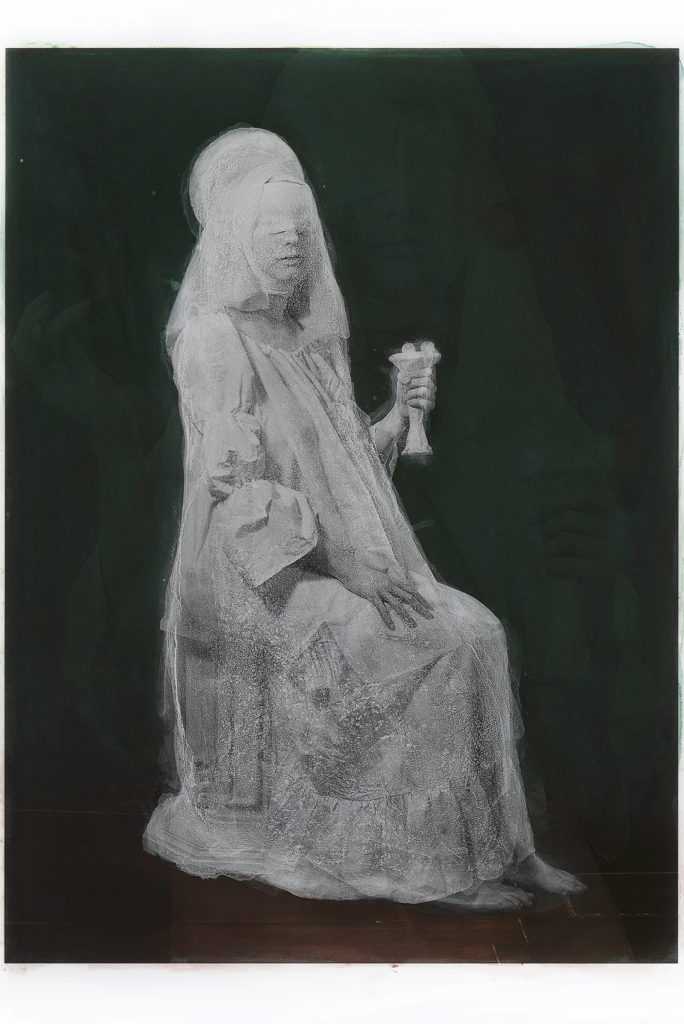
Among the figures depicted in her work, you can find Saint Lucy and Daphne. After seeing a painting of Saint Lucy by Francesco Del Cossa, displayed at the National Gallery, the artist reveals:
“I was struck by the contrast between the brutality of her story and this ornate, delicate, almost whimsical rendering. In my version, the bandages over her eyes are significant, as I find the eyes of sculptures particularly haunting and vacant. This piece is a kind of homage to an amazing character in history.” – Katie Eleanor, Image Journal interview, 2019
“The Sialia Marbles” collection is on show at MMX Gallery until 15 February 2020
Other exhibitions:
Tim Walker – Victoria and Albert Museum until 22 March 2020
Tutankhamun: Treasures of the Golden Pharaoh- Saatchi Gallery until 3 May 2020
